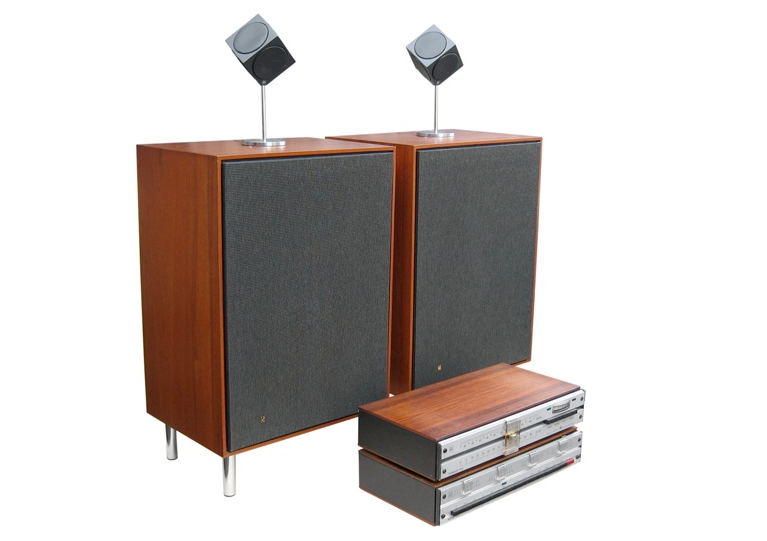From the early experiments with acoustics to today's advanced sound reproduction technology, the speaker has undergone an impressive evolution that has shaped the way we experience sound. This story takes us through a journey from the first attempts to amplify sound to today's high-tech speaker systems that deliver crystal clear sound in various settings.
The early experiments
The history of the loudspeaker goes back to the 19th century when researchers and inventors explored the principles behind sound and acoustics. In 1876, Alexander Graham Bell conducted experiments that led to the development of the first working telephone. Although these early devices cannot be compared to today's speaker systems, they laid the foundation for further exploration of sound reproduction technology.

From carbon to electromagnetism
In the early 20th century, carbon microphones and electrodynamic speakers were introduced. These devices utilized electric currents and magnetism to produce sound. An important milestone came in 1925 when Chester W. Rice and Edward W. Kellogg patented an electrodynamic speaker design that still forms the basis of modern speaker technology.

Advances in sound reproduction technology
During the 20th century, loudspeaker technology continued to develop rapidly. In the 1930s, the concept of electrostatic loudspeakers was introduced, which used electrostatic fields to produce sound. In the 1950s, transistors and silicon-based semiconductors were implemented in speaker design, leading to smaller and more efficient devices.
The Hi-Fi revolution and stereo sound
In the 1960s, the sound reproduction industry experienced a revolution with the introduction of Hi-Fi (High Fidelity) sound and the stereo format. This gave rise to an increased demand for high-quality speaker systems that could reproduce sound with greater accuracy and depth. This led to the development of advanced speaker technologies that rely on phase differences and spatial positioning to provide the listener with an immersive experience.

Modern speakers: Wireless technology and smart functions
In today's age of advanced digital technology, speakers have become even more sophisticated. Wireless speaker systems using Bluetooth or Wi-Fi make it possible to stream audio from any device with the push of a button. In addition, smart speakers have integrated voice control technology that allows users to control music playback and access a variety of services and functions using their voice.

Conclusion
The history of the speaker is a story of innovation, exploration and continuous technological progress. From the early experiments with acoustics to today's advanced sound reproduction technology, the loudspeaker has played a decisive role in the way we listen to, share and experience sound. With ever new advances in digital technology, the speaker will continue to evolve and shape the future of sound recording and reproduction.
